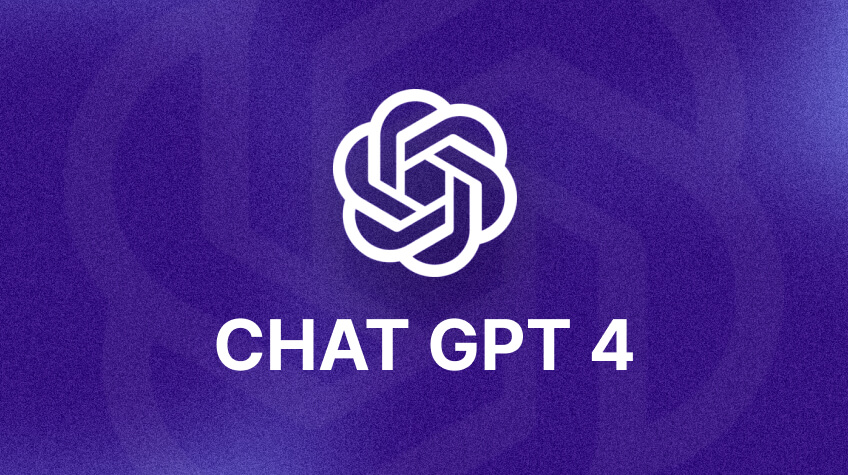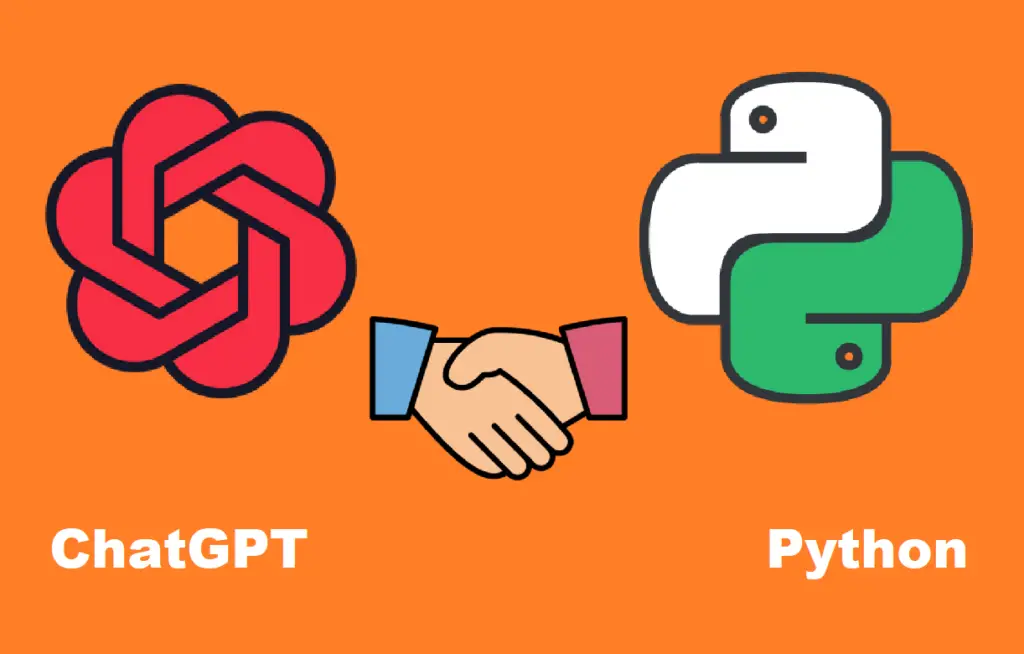
Title: A Comprehensive Java Database Case Study
Introduction:
In today's data-driven world, the efficient management and organization of data play a crucial role in the success of organizations. Java, being one of the most popular programming languages, offers a wide range of tools and frameworks for connecting, accessing, and managing databases. In this article, we will explore a comprehensive Java database case study, covering various aspects from database creation to data retrieval and manipulation.
Case Study Scenario:
Let's consider a scenario where an e-commerce company is looking to develop a web application to manage their product inventory. The application should have features such as adding new products, updating existing products, retrieving product details, and generating sales reports. To achieve this, we will use Java in combination with JDBC (Java Database Connectivity) and MySQL as the relational database management system.
1. Database Setup:
The first step is to set up the database. We will create a MySQL database named "ecommerce" with tables such as "products" and "sales." The "products" table will contain columns like product_id, product_name, price, and quantity, while the "sales" table will store transaction information with columns like sale_id, product_id, quantity_sold, and transaction_date.
2. JDBC Connection:
Next, we need to establish a connection between our Java application and the MySQL database using the JDBC API. We will create a separate class called "DatabaseConnection" to handle the connection setup and provide methods for executing SQL statements.
3. Data Manipulation:
We can now start implementing the features of our application. For example, to add a new product, we will prompt the user for input, create a SQL INSERT statement, and execute it using the DatabaseConnection class. Similarly, we can update existing products by taking input from the user, forming a SQL UPDATE statement, and executing it.
4. Data Retrieval:
To retrieve product details, we can use SQL SELECT statements in combination with JDBC's ResultSet class. We will create a method in our application that retrieves all product details from the "products" table and displays them to the user.
5. Report Generation:
Generating sales reports requires fetching data from multiple tables, performing aggregations, and displaying the results in a meaningful way. We can write complex SQL queries to retrieve the required data and use Java's reporting libraries (such as JasperReports) to create professional-looking reports.
Conclusion:
In this article, we have explored a comprehensive Java database case study representing a typical e-commerce application. We discussed various aspects, including database setup, JDBC connection establishment, data manipulation, data retrieval, and report generation. It is essential to maintain a good understanding of database concepts like normalization, indexing, and transactions to ensure efficient and secure data management. Additionally, familiarity with Java's database-related libraries and frameworks, along with SQL querying skills, is crucial for a successful implementation.
As a developer, it is essential to be aware of the potential challenges that may arise during the development process, such as handling concurrency, ensuring data integrity, and optimizing performance. Concurrency issues can be addressed by using appropriate locking mechanisms, and data integrity can be enforced using foreign key constraints and unique constraints. Performance optimization techniques, such as indexing, query optimization, and caching, can significantly impact the application's responsiveness and scalability.
Furthermore, it is crucial to prioritize security measures to protect sensitive data. This includes implementing encryption and decryption mechanisms for data transmission and storage, input validation to prevent SQL injection attacks, and role-based access control to restrict unauthorized access.
Overall, the case study provides a practical understanding of leveraging Java and databases to build robust applications. By continuously expanding your knowledge in this area and staying updated with industry best practices, you will be well-equipped to handle complex database requirements in your software development journey.
壹涵网络我们是一家专注于网站建设、企业营销、网站关键词排名、AI内容生成、新媒体营销和短视频营销等业务的公司。我们拥有一支优秀的团队,专门致力于为客户提供优质的服务。
我们致力于为客户提供一站式的互联网营销服务,帮助客户在激烈的市场竞争中获得更大的优势和发展机会!




发表评论 取消回复